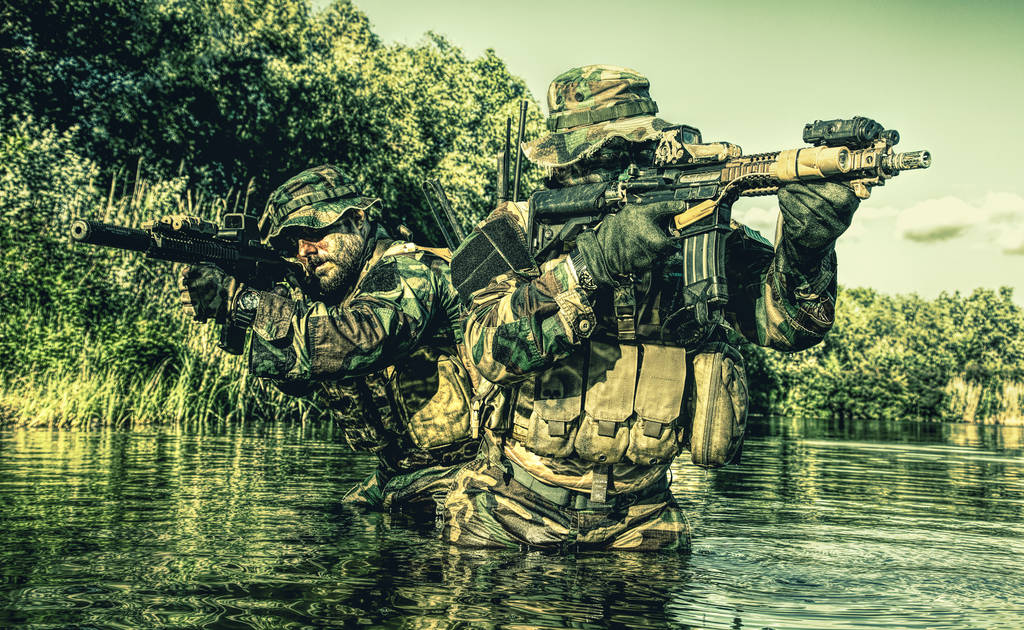Women have long played crucial roles in the military, but their inclusion in direct combat roles is a relatively recent development. In the United States, the official policy barring women from combat positions was lifted in January 2013, when then-Secretary of Defense Leon Panetta announced that the ban on women serving in combat roles would be rescinded. This decision marked a significant milestone, allowing women to serve in frontline combat positions, including infantry, armor,
artillery, and special operations units.
The decision came after decades of women serving unofficially in combat roles, particularly in conflicts like the Iraq and Afghanistan wars, where the lines between combat and non-combat positions often blurred. Since the policy change, women have proven their capabilities and valor in combat, leading to numerous stories of heroism.
Heroic Stories of Women in Combat
- Sergeant Leigh Ann Hester
Heroic Action: In 2005, Sergeant Leigh Ann Hester became the first woman since World War II to receive the Silver Star for valor in combat. While serving with the Kentucky National Guard’s 617th Military Police Company in Iraq, Hester’s convoy was ambushed by insurgents. Despite being outnumbered, she led her team in a counterattack, moving through enemy fire to clear trenches and bunkers. Her leadership and bravery were instrumental in repelling the attack, resulting in 27 insurgents killed and six captured. - Captain Kristen Griest and 1st Lieutenant Shaye Haver
Heroic Action: In 2015, Captain Kristen Griest and 1st Lieutenant Shaye Haver made history as the first two women to graduate from the U.S. Army Ranger School, one of the most grueling and demanding leadership courses in the military. Their accomplishment shattered a significant barrier and opened the door for women to serve in elite combat units. Though their achievement was not tied to a single battle, it was a heroic milestone in the ongoing integration of women into combat roles. - Lieutenant Colonel Nicole Malachowski
Heroic Action: While not a traditional combat story, Lieutenant Colonel Nicole Malachowski broke barriers as the first woman to fly as part of the Air Force’s elite Thunderbirds demonstration team. Her career, which included multiple combat deployments, was marked by her leadership and courage in both the skies and on the ground. Malachowski’s story is one of pioneering bravery, inspiring future generations of women to pursue roles in combat aviation and leadership.
Women Leading Men in Combat
- Captain Kimberly N. Hampton
Heroic Action: Captain Kimberly N. Hampton was the first female pilot in U.S. history to be shot down and killed in combat. Serving as a helicopter pilot in Iraq, Hampton led numerous missions and was known for her exceptional leadership and bravery. On January 2, 2004, while providing air support for ground troops, her helicopter was hit by enemy fire. Despite the fatal outcome, her actions in leading her men in combat missions exemplified courage and leadership in the face of danger. - Major Jennifer M. Moreno
Heroic Action: Major Jennifer M. Moreno, a nurse with the Army’s 75th Ranger Regiment, was on her first deployment to Afghanistan in 2013 when she joined a mission alongside a team of Rangers. During a raid, an explosion detonated, and Moreno, despite her medical background, rushed to aid her comrades. She continued to assist in the midst of the chaos, showing remarkable bravery until she was killed by a second explosion. Moreno’s actions, though leading a team in a non-traditional combat role, demonstrated the leadership and courage expected of those in direct combat.
Women’s Combat Training Compared to Men
The integration of women into combat roles has required careful consideration of training standards. The military has maintained that all soldiers, regardless of gender, must meet the same rigorous standards for combat roles. This includes passing the same physical fitness tests, weapons qualifications, and tactical exercises that are required of male soldiers.
In many cases, women have met or exceeded these standards, proving their physical and mental toughness. For example, the inclusion of women in the Army Ranger School—arguably one of the toughest leadership courses in the military—has shown that women can hold their own in physically demanding and mentally challenging environments. Ranger School tests soldiers with grueling physical tasks, including long marches with heavy loads, sleep deprivation, and high-stress decision-making.
While some have questioned whether women can physically endure the same level of training as men, studies and real-world experiences have shown that women who meet the rigorous entry standards are more than capable of performing alongside their male counterparts. However, the integration of women into these roles has also highlighted the importance of tailored training programs that account for differences in average physical attributes, while still maintaining the high standards required for combat readiness.
Conclusion
The inclusion of women in combat roles has not only expanded opportunities for women in the military but has also demonstrated their capability and heroism on the battlefield. Stories like those of Sergeant Leigh Ann Hester, Captain Kimberly N. Hampton, and Major Jennifer M. Moreno highlight the bravery and leadership women bring to combat roles. As women continue to break barriers and prove their mettle in these positions, they are helping to shape a more inclusive and effective military, where leadership is defined by ability and courage, not by gender, as women march on, adding more cracks in that oppressive glass ceiling.

